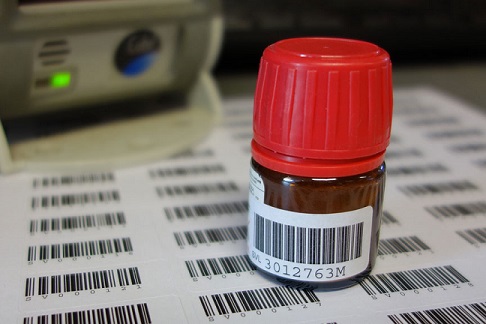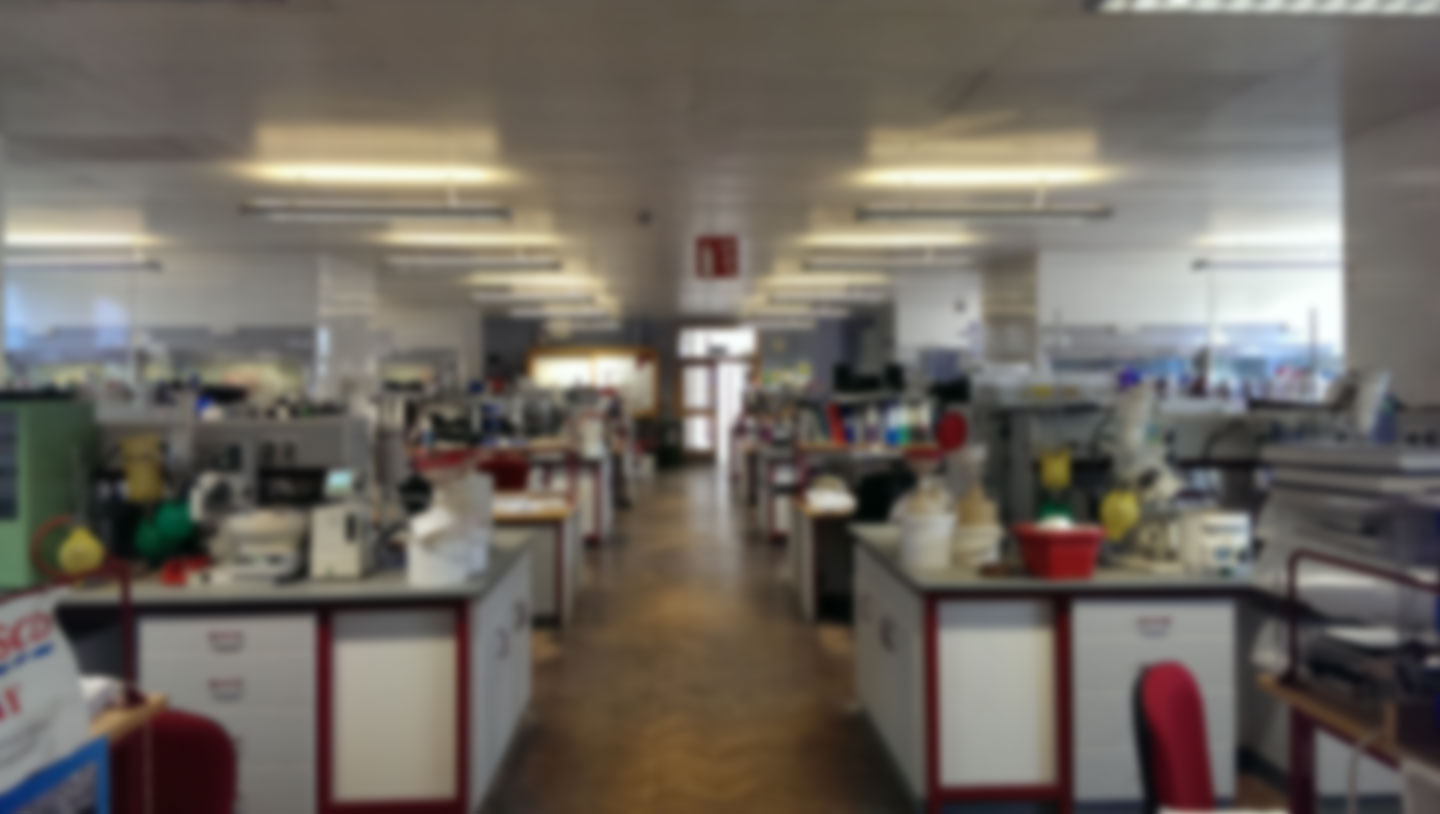Barcodes act as unique identifiers for each item in your inventory. Barcodes can be used with scanners to simplify processes in your laboratory which are typically time-intensive, such as stocktakes and reconciliations.
Barcodes are a machine-readable form of a set of characters which identify a record in your inventory. In ChemInventory, you can assign barcodes to containers, locations and users (when user barcoding is enabled).

ChemInventory is fully compatible with any barcodes you may have already assigned in an existing inventory. When importing a previous inventory into ChemInventory, you do not need to assign new barcodes to your containers.
Barcode scanning
Barcode scanners work by converting the barcode into its text value and inserting it into whatever field is selected on your computer as if you had typed it in manually. With ChemInventory, you can simply plug the scanner into your computer then start processing barcodes without worrying about manually linking the scanner to our software.
ChemInventory will work with any third-party scanner that is compatible with your computer. Scanners can be purchased inexpensively from many retailers, including Amazon. There are three main classes of scanners which you may like to consider:
- Simple wired scanners (e.g. USB). These scanners are the least expensive to purchase, and generally can work with any computer system (Windows, Mac and Linux) immediately out of the box.
- Simple wireless scanners. Typically, these types of scanner include a small wireless receiver that can be plugged into your computer (USB) to scan barcodes at a distance.
- Bluetooth scanners. While these are usually the most expensive type of scanner, they can be very useful in a laboratory context as they are compatible with iOS and Android devices (more detail below).
If you already have barcode scanners in your laboratory, then you will be able to use these with ChemInventory.
Wireless scanners with on-board memory
When choosing a scanner, we recommend you consider how the scanner will be used in your laboratory. For example, if the scanner will always remain close to a computer then a wired scanner would likely be the most effective.
However, if the scanner will be used in areas where there are no computers present (such as a cold-room or small stockroom) then a wireless scanner may be more appropriate. These scanners usually include on-board memory, allowing you to scan barcodes without a computer in wireless range. Saved barcodes can then be processed in bulk in ChemInventory when the scanner is returned to the computer.
Scanning with an app
At the moment you'll need to download a barcode scanning app onto your phone/tablet to convert barcodes into their text value using the camera. Usually these will be copied onto your device's clipboard, from where you can paste it into the barcode box in ChemInventory.
Alternatively, most Bluetooth barcode scanners can connect to mobile devices so you can scan barcodes without needing to use a separate app.
Barcode labels
ChemInventory includes a barcode generation tool which produces sheets of barcodes suitable for printing onto pages of peel-off labels such as those from Avery. You'll be able to use standard office printers to print these barcodes.
Alternatively, ChemInventory is compatible with any third-party barcode generation tools so you are free to use more specialised software (e.g. from Zebra) if you wish.
Specialized labels
Some storage environments may require more robust barcode labels for your containers. These include low temperature refrigeration units, or storage areas where containers may be exposed to solvents.
In these situations, you may like to consider ordering rolls of pre-printed barcode labels from an external supplier. While these labels are usually more expensive, you will have access to a wider range of compatibilities (such as polymer-based labels, or metal labels).
It is worth noting that the barcode number assigned to a container can be changed at any time. This can be useful, for example, if a worn-out or unreadable paper label needs to be replaced.
The barcoding process
In ChemInventory, barcodes are not printed on demand or assigned to containers before printing. Instead, most users leave pre-printed pages of unassigned barcodes near the computers they use when adding new containers. When a new container is added, they choose the next available label and scan it into the system.
Barcodes are not generated on-demand when adding new container records in ChemInventory.
Duplicate barcodes
It is important to ensure that each barcode number in your inventory is unique, and has only been assigned to one item at any given moment.
ChemInventory includes a barcode duplicate checking tool which will alert users to any conflicting barcodes at the time containers are added to an inventory. The tool can also be accessed directly by users with Group Administrator privileges from the Barcodes/Labels menu on the Inventory Management page.
If your inventory is part of a site license, then the barcode duplicate checking tool may also check for conflicting across other inventories (if this has been configured by a site administrator). This helps to ensure that each barcode within a site is unique, even if item records are stored in separate inventories.
